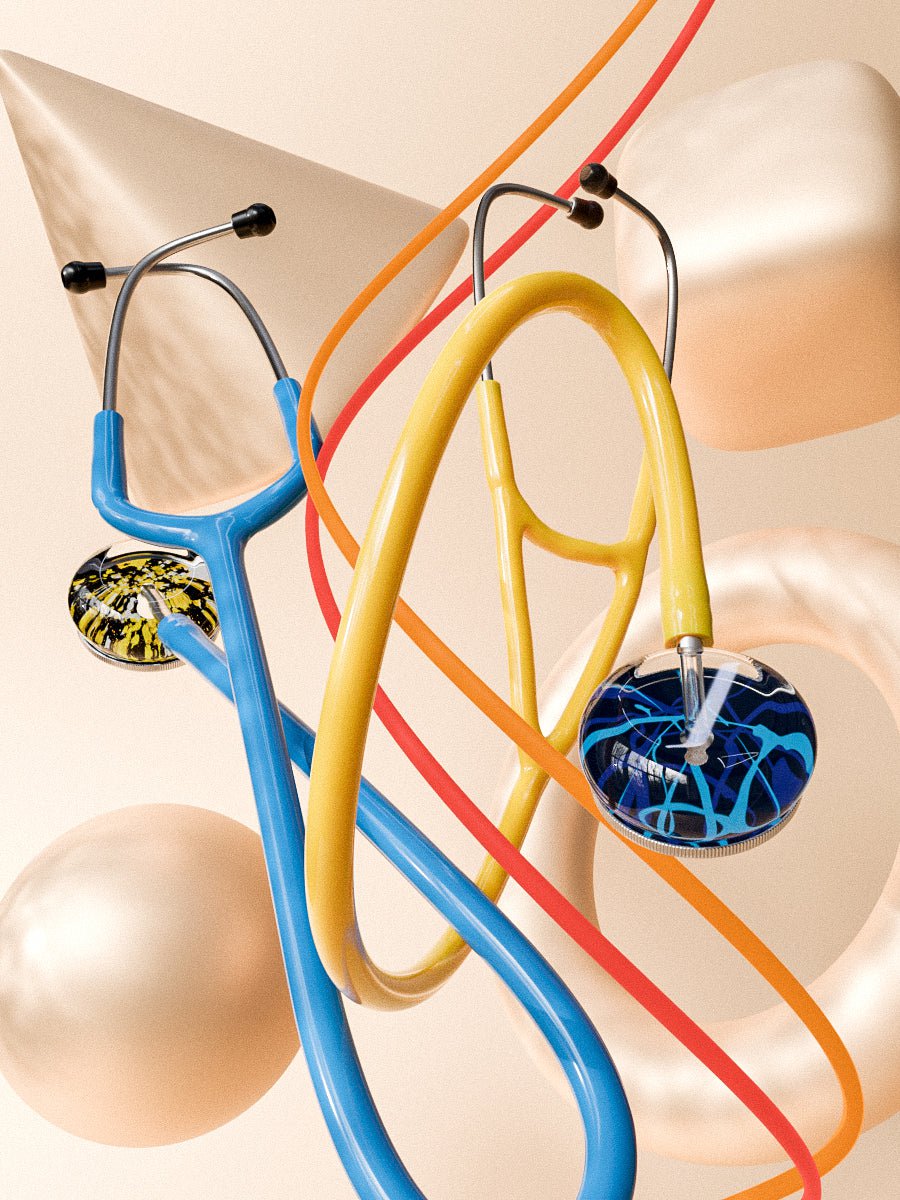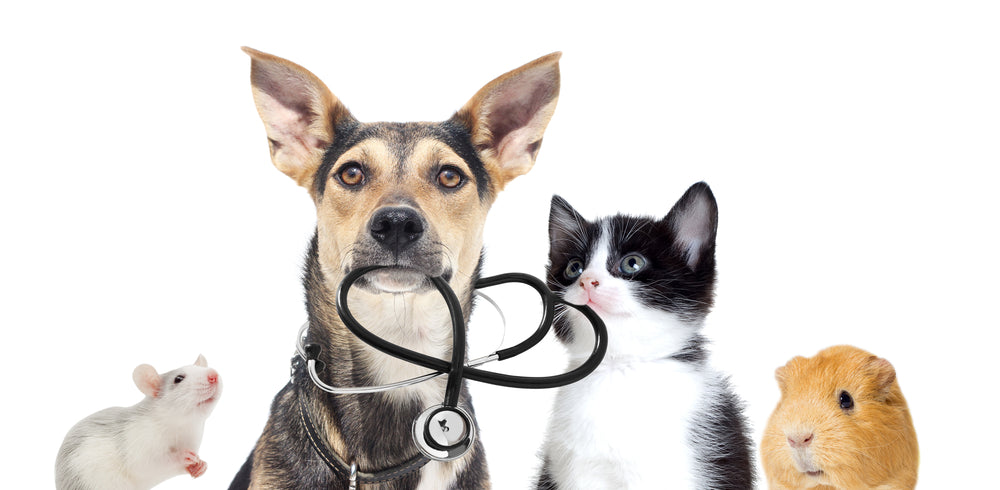This blog post is for anyone who has ever wondered if chest infections can be heard with a stethoscope. We are going to discuss the answer to this question, but not before discussing what types of chest infections can be diagnosed by a stethoscope alone, and other tests that may need to be done in order to diagnose a chest infection. Keep reading for more information on how you can use your ears and a stethoscope together as one powerful diagnostic tool!
Can a chest infection be diagnosed through a stethoscope?
Chest infections can be diagnosed through a stethoscope in two ways. The first is by listening to the lung area for any crackling or wheezing sounds that are occurring due to fluid buildup and inflammation. You will also listen for abnormal breathing patterns such as coughing, rapid breathes, or exhaling with difficulty. When you hear these types of sounds, you will know that a chest infection has been detected. The second way to diagnose the presence of a chest infection with your stethoscope is by listening for heart murmurs or abnormal ventricular rhythms.
What type of chest infections can be diagnosed through a stethoscope?
Different types of lung disorders such as asthma and pneumonia
A stethoscope can be used to diagnose the following types of chest infections:
- Bronchitis
- Pneumonia
- Pleurisy
What do chest infections sound like?
When a chest infection is diagnosed, you will hear crackling or wheezing sounds that are occurring due to inflammation and fluid in the lungs.
How can you tell if there is a chest infection?
- Difficulty breathing
- Wheezing, or crackling that sounds like Rice Krispies
What are the common treatments for chest infections found through a stethoscope?
When diagnosed with a chest infection, an individual may be prescribed antibiotics to kill the bacteria that caused the infection. In severe cases, you may need to be hospitalized and prescribed stronger medications such as oxygen therapy or intravenous antibiotics.
Why is it important for doctors not to diagnose a chest infection through a stethoscope alone?
Nurses can use their ears to listen with a stethoscope but they must also look at how the patient is breathing. Doctors can use an otoscope, which looks into the eardrum to check for signs of infection there as well if they suspect that a person may have a chest infection but it cannot be confirmed with just their ears alone.
If your ears are hurting, or you have a fever and chest pain, it is important that you see the doctor as soon as possible to diagnose if this may be due to a chest infection.
What does bronchitis sound like through a stethoscope?
Bronchitis sounds like a wheezing or rattling sound.
What does pneumonia sound like through a stethoscope?
Pneumonia is typically diagnosed with chest x-rays and blood tests, but if it cannot be confirmed by those methods then doctors may use their ears to detect whether there are sounds of fluid in the lungs which would indicate pneumonia.
What are the other symptoms of pneumonia?
Coughing, fever and shortness of breath may be indications that a person has pneumonia.
How can you tell if an ear infection is coming on?
There are some signs to watch for such as pain in the ears, high fever, headache or diarrhea which could indicate an ear infection.
What does a sinus infection sound like through a stethoscope?
A person with a sinus infection may exhibit symptoms such as fever, headache or diarrhea. Through a stethoscope you will be able to hear the congestion in the nasal cavity as well as congestion in the chest area.
How can I tell the difference between an upper respiratory tract infection and strep throat?
Upper respiratory infections are often accompanied by soreness of lymph nodes in the neck area, a sore throat or cough. With strep throat you may experience pain in your abdomen and have swollen tonsils which are often bright red due to inflammation.
Do different lung infections sound different through a stethoscope?
Different lung infections give off different sounds when listened to through a stethoscope. With pneumonia you may hear bubbling in the lungs or crackling in the chest area. Pneumonia is often accompanied by fever and coughing up of blood, which can be detected with this technique too.
Can I diagnose an infection solely using a stethoscope?
A stethoscope is often used to diagnose chest infections such as pneumonia and bronchitis. Other tests are also required in order to fully determine the severity of a lung infection, what type it is and whether or not antibiotics should be administered.
How can I prevent contracting an upper respiratory tract infection?
The best way to prevent an infection is by keeping up with your vaccinations and washing hands before eating. Frequent hand washing can also help reduce the risk of getting a chest infection.
What are some home remedies for treating a cough?
Some people prefer using over-the-counter medications such as Nyquil or Robitussin DM. Others prefer to use natural remedies such as honey, lemon or apple cider vinegar.
How do I know if my cough is a symptom of an infection?
A persistent and recurring cough that does not easily dissipate could be caused by any number of things. The most common cause for this type of issue is either congestion from allergies or colds, or a chest infection.
What are the most common types of infections that can be diagnosed with a stethoscope alone?
The majority of cases, patients go to their physician for treatment and diagnosis - not just as an annual check-up but in response to symptoms like fever, trouble breathing, chills and night sweats among other things.
If you are experiencing these symptoms, or any other concerning ones, it's important to contact your physician right away.
While not all chest infections can be heard with a stethoscope alone, some of the most common types that do include pneumonia and bronchitis among others.
When it comes to using a stethoscope to determine a chest infection this is usually the first tool that a doctor will listen to your lungs with. The stethoscope can point doctors in the right direction based on the sounds they hear in your lungs. For example, cracking, wheezing, and congestion are all things that can be heard with the use of a stethoscope. Generally after a doctor has heard these sounds in your lungs further testing is done to diagnose the actual ailment you are fighting.





